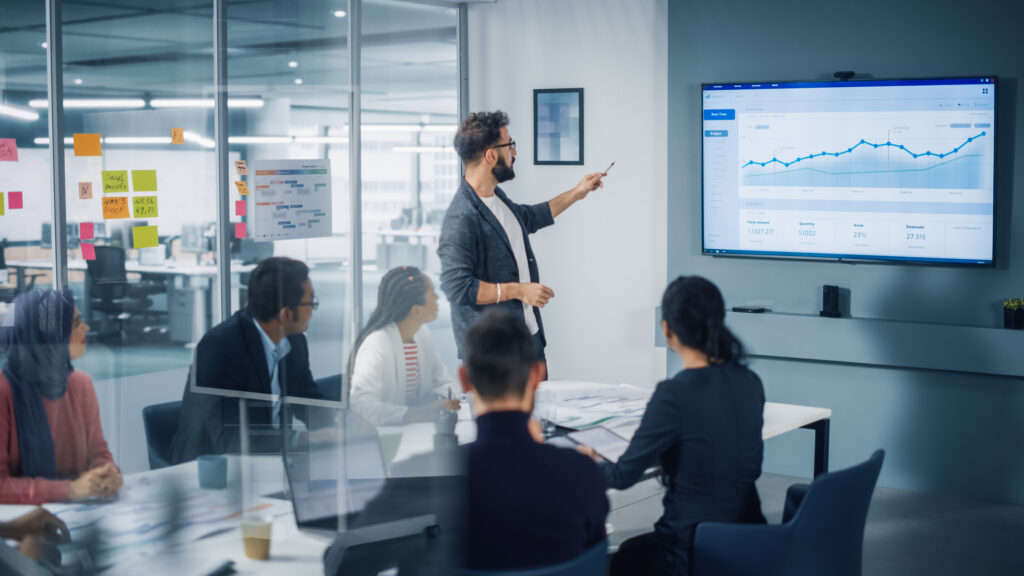People who live in glass houses… next to the Tate Modern.
In today’s busy and fast-paced world, a person’s right to privacy is becoming increasingly important and legally recognised. It is therefore unsurprising that two somewhat conflicting areas of law have been highlighted in the news recently, those being a person’s right to privacy and another’s right to use their land as they wish.
So we now find ourselves asking the question: to what extent can a landowner use their own land before it becomes an invasion of another’s right to privacy?
The Tate Modern’s invasion of privacy
In the recent highly publicised Supreme Court decision in Fearn & Ors v The Board of Trustees of the Tate Gallery, the court heard that in 2016 the iconic Tate Modern Museum on London’s South Bank installed a viewing platform on its 10th floor to provide wide-ranging panoramic views of its surroundings. That platform attracted several thousand daily visitors, the majority of whom were also eagerly able to look into the homes of residents in the nearby and newly constructed Neo Bankside housing development. The Neo Bankside housing development spans 50 storeys high and prides itself on its close proximity (“only 32 metres”) to the Tate Modern. Its developers even used glass cubes to replace brick lattice, allowing in more light and the ability to view far more of the inside of the building than a conventional window would allow. There was never a question about whether or not viewers could see inside the homes of Neo Bankside. That was accepted. The legal question became focused on the homeowners’ rights to privacy and the Tate Modern’s trustees right to do what they wanted with and on their own land.
As one might expect, the residents of four apartments located within the Neo Bankside housing development took issue with what they felt was a constant invasion of their privacy. Thousands of visitors to the Tate Modern’s viewing platform were suddenly provided the ability to look into their homes throughout the day, 7 days a week. The claimants claimed there was a relentless number of visitors to the Tate’s viewing platform who would sometimes use binoculars when looking directly into their homes, describing themselves as feeling that they were ‘on display in a zoo’. As a result, those four apartment owners joined forces in their frustrations and issued a claim for an injunction against the Tate Modern, seeking to compel it to cordon off and/or limit sections of its viewing platform to prevent its visitors peering in. They sought to protect their right to privacy. The Tate did not do so willingly. It said it had the right to use its land as it chose to. Thus, this led to the claim being heard and decided by the highest court in England and Wales, the Supreme Court.
On 1 February 2023, the Supreme Court handed down judgment in favour of the privacy of the Neo Bankside’s residents, citing their right to privacy over the Tate’s right to use its land as it chooses. The emphasis then ultimately became one of land use rather than its effect on privacy. The judgment made clear that landowners must use their land only for ‘normal purposes’, and not howsoever they choose.
In the Tate Modern case, Judge Lord Leggatt expressed his legal view that creating a viewing platform was not a “normal” use of an art museum’s land, and therefore the Tate Modern had no right to complain about a requirement to reposition or redevelop parts of its new viewing platform to protect the Claimant’s privacy. Moreover, Lord Leggatt’s comments expanded his view that “inviting members of the public to look out from a viewing gallery is manifestly a very particular and exceptional use of land” which crossed the line of its acceptable land use because of its impact on others. Ultimately, the constant viewing of the flats was not a necessary or ordinary use of the Tate’s land and so the Claimants were entitled to their injunction.
This case establishes the legal position on both nuisance and privacy law and has essentially established that the use of a person’s land outside of ‘normal’ use can cause a legally intolerable nuisance, even in a densely populated city where a person might be entitled to expect a higher degree of tolerance for living in closer proximity to others. This will of course have an impact on developers who are readily constructing bigger and more architecturally quirky buildings and apartments which go against the grain of typical residential buildings, especially in London.
So, whilst privacy was at the heart of this dispute initially, and was the sole reason for the claimant’s claim, ultimately the key question becomes: what is an ordinary and normal use of the Tate’s land sufficient to allow an ongoing invasion of privacy to occur?
We advise a number of developers when disputes arise during construction and after the subsequent sale of their new-build properties. However, if you intend to develop land for use which is not ‘usual or expected’ or would be seen as ‘uncommon’ or ‘peculiar’, then there is a real risk that this use could be used against you in future disputes. We would invite you to discuss your considerations for development at an early stage if it might impact on the rights of others.
If you require advice, please do not hesitate to contact us at Herrington Carmichael LLP, we have one of the largest property law teams in the south, alongside dedicated dispute resolution solicitors who have experience in dealing with a variety of disputes in both misrepresentation and private nuisance








